Introduction思维导图

法律相关内容介绍
树图思维导图提供 Introduction 在线思维导图免费制作,点击“编辑”按钮,可对 Introduction 进行在线思维导图编辑,本思维导图属于思维导图模板主题,文件编号是:ce31cbd1076caea4a94fca6a225a1223
思维导图大纲
Introduction思维导图模板大纲
\-\- The origin and development of institutional analysis \-\- Theoretical origin and evolution of institutional analysis \-\- Classical economics values the role of institutions \-\- Neoclassical economics abandons institutional analysis \-\- Inheritance and development of the German historical school and the American old\-system economic school \-\- New Institutional Economics recoupled institutional analysis with neoclassical economics \-\- Formation and development of new institutional economics \-\- The source can be traced back to Coase's 1937 article \-\- Take transaction cost analysis as the core, and pursue coupling with neoclassical economics \-\- Other traditions of institutional analysis \-\- Veblen Traditional and evolutionary Economics \-\- Wicksell Tradition and public choice School \-\- Austrian Tradition and Neo\-Austrian School \-\- Marxist tradition and left\-wing institutionalism \-\- Research objects \-\- Concept of institution \-\- Binding rules system, including formal rules, informal rules and implementation characteristics \-\- Market, currency, enterprise, state, etc\. are different institutional arrangements \-\- Classification of system \-\- Formal rules, informal rules and their implementation characteristics \-\- Function of system \-\- Incentives and constraints to ensure the effective operation of economic activities \-\- The Parable of a Complex Economic System: I, Pencil \-\- Narrating the manufacturing process of pencils in the first person, reflecting the complexity of social division of labor and economic system \-\- Analysis framework \-\- The analytical framework of neoclassical economics \-\- Study the resource allocation problem, assuming that transaction costs are zero and the system is irrelevant \-\- The analytical framework of new institutional economics \-\- Based on incomplete information, bounded rationality, individualistic utility maximization, and opportunistic assumptions \-\- Believe that the system is important and the transaction cost is greater than zero \-\- Including transaction cost theory, property right theory and contract theory \-\- Basic characteristics \-\- Apply economic methods to analyze the system, emphasizing case studies and empirical analysis \-\- Focus on resource allocation and evaluate system efficiency with Pareto optimal criteria \-\- Built on a liberal philosophy that celebrates private property \-\- Theoretical branches \-\- Transaction cost theory \-\- Property rights theory \-\- Contract theory \-\- Team production theory \-\- Organization theory \-\- Law and Economics \-\- Institutional change theory \-\- New Economic history
Chapter one - transaction cost theory
\-\- Resource allocation and transaction costs \-\- Institutional factors should be considered in resource allocation, and the new institutional economics focuses on institutional issues in the resource allocation process \-\- Transaction cost is the cost of system implementation, which determines the efficiency of the system\. The proposition of "system is important" is valid when transaction cost is greater than zero \-\- The concept of transactions \-\- Transactions are the transfer of property rights between economic entities, which can be classified by asset specificity, uncertainty and transaction frequency \-\- The concept of transaction costs \-\- The costs required to carry out the transaction activities, including the costs of the various stages of the transaction and the operating costs of the system \-\- Analysis of transaction costs \-\- Indirect estimation method, but there are problems of fuzzy concept and difficult measurement \-\- Comparative analysis method analyzes the efficiency level by comparing the transaction costs of different systems or organizations \-\- Factors affecting transaction costs include human factors \(incomplete information, limited rationality and opportunism\) and transaction factors \(asset specificity, uncertainty and transaction frequency\)\. \-\- Institutional analysis of the "real world", the concept of transaction costs questions the principles of resource allocation in neoclassical economics and emphasizes institutional analysis and transaction cost saving
Chapter two - Property rights theory
\-\- "Externality" and property rights \-\- The issue of "externality" requires a clear definition of property rights, including the right to use, the right to gain and the right to transfer \-\- Property rights are related to but different from property and ownership, and property rights can be divided, restricted and weakened \-\- The origin of property rights \-\- Scarcity is the basic premise of property rights, and potential interests are the basic driving force of property rights \-\- The formation of property rights is a game process between people \-\- Comparison of the types and efficiency of property rights \-\- The efficiency standard of property rights is Pareto efficiency, and transaction costs affect the efficiency of property rights arrangements \-\- Types of property rights include private property rights, common property rights, collective property rights, government property rights and public property rights \-\- Coase Theorem includes Coase's first theorem, Coase's second theorem and Coase's third theorem \-\- The definition of property rights of public goods should consider transaction costs, and private property rights exist in the "public sphere"\. \-\- The role of government in the definition of property rights includes restricting competition, ensuring stability and promoting the formation of property rights, but it may also lead to increased transaction costs and reduced efficiency of resource allocation
Chapter three——Contract theory
\-\- The meaning of contract \-\- Contract is the structure of the transaction \-\- The type of contract \-\- Transactions, contracts, governance theory \-\- Governance structure \-\- Transactions, contracts and governance \-\- Structure matching \-\- Complete contract and "verifiability" \-\- Complete contract theory \-\- Types of principal\-agent problem \-\- Principal\-agent problem \-\- Basic types of principal\-agent problem \-\- Unprovable and incomplete contract \-\- Transaction cost theory of incomplete \-\- Incomplete contract theory \-\- New property right theory of incomplete
Chapter 4——Enterprise and Team Production
\-\- The boundaries of enterprise \-\- Understand the firm \-\- Firm boundaries and vertical integration \-\- Team production \-\- Team production and the Web of Contracts \-\- The web of contracts \-\- Specific investment, quasi\-capital and interdependence
\-\- What is 'corporate governance' \-\- Definition and Concept \-\- Principal agent relationship \-\- General principles of corporate governance: incentives and constraints \-\- Supervisors and overseers \-\- Incentive principles and risk allocation \-\- Contract Principles and Share System \-\- Capital structure and control rights \-\- M\-M theorem and financing \-\- Capital Structure and Incentives \-\- Capital Structure Diagram \-\- Allocation of Control Rights \-\- External competitive pressure and corporate governance \-\- Manager Market: Implicit Incentives \-\- Product Market: Competitive Incentives
\-\- The origin of the country \-\- The meaning and origin of a country \-\- Social Contract: Two Types \-\- The theory of violent plunder: the history of economic foundations \-\- Analysis of New Institutional Economics: Two Types \-\- To summarize the above: power, process, and \-\- The nature and role of the state \-\- The duality of contract and plunder in the country \-\- The National Model and Violence Distribution Theory \-\- The North paradox and institutional arrangements \-\- State, Property Rights, and Ideology \-\- Country \- Ideology \-\- Country \- Property Structure \-\- Political Market and Public Choice \-\- What is the political market \+ classification \-\- Public Choice \-\- Representative system \-\- The Downs Hypothesis: Politics Economy \-\- The Public Service Function of the State and International Relations \-\- No 'third party' \-\- International political transactions and structures \-\- Great powers and hegemony
Chapter 7——The Economics of Law
\-\- The background and tradition of studying legal issues with economic jurisprudence logic \-\- Early research on the correlation between law and economy \-\- Start\-up period and important people and events\. \-\- The Tradition and Schools of Law and Economics \-\- The formation of law and economic \-\- Development period and theoretical expansion \-\- Chicago School \-\- Regulatory economics school \-\- The main schools of law and economic \-\- Institutional analysis school \-\- Public Choice School \-\- Coase's theoretical foundation Research \-\- Basic methodology \-\- Methods of mainstream law economists \-\- Posner's property right standard \-\- Economic Analysis of Property Law \-\- Analysis of Cooter and Ulen \-\- The essence and problems of contract transactions \-\- Economic analysis of contract law \-\- Complete Contracts and the Role of Contract Law \-\- Basic methods and viewpoints for studying legal issues from an economic perspective \-\- Coase's social cost theory and the Hand formula \-\- Economic analysis of tort law \-\- Posner's development of the Hand formula \-\- The viewpoints of Cooter and Ulen\. \-\- The relationship between law and economic foundation \-\- The origin and development process of law\. \-\- The role and cost of law \-\- Economic essence of the legal system: A summary \-\- The influence of law on behavior \-\- The information transmission of law and the attribute of public goods \-\- The incentive mechanism and non\-neutral characteristics of law \-\- From "Prisoner's Dilemma" to the Origin of Institutions \-\- Theory of origin of cooperation \-\- Hobbes' Norm Theorem and the Origin of Compulsory Institutional Arrangements
\-\- What is institutional change? \-\- Definition and occurrence of institutional change \-\- The definition and state of institutional equilibrium \-\- Analysis framework of institutional change \-\- Definition and causes of institutional disequilibrium \-\- The basic framework of institutional supply and demand\. \-\- Factors affecting institutional demand \-\- Demand and supply of institutions \-\- Factors affecting institutional supply \-\- The situation of institutional supply and demand disequilibrium and the direction of institutional change \-\- The concept of social Darwinism on institutional change\. \-\- Subjects of institutional change \-\- The change view of constructivist rationalism \-\- Primary action group \-\- Subjects of institutional change \-\- Secondary action group \-\- The rationality and limitations of Hayek's and North's viewpoints \-\- Marx's view\. \-\- The internal motivation of the subject to pursue "potential profit \-\- Gradual change and radical change \-\- Definition and characteristics of gradual change and radical change \-\- North's discussion on two modes of change \-\- Induced change and compulsory change \-\- Definition, causes and characteristics of induced institutional change \-\- Reasons and benefits of compulsory institutional change \-\- Reasons for the failure of mandatory institutional change \-\- Connection and difference between the two institutional change methods \-\- Induced change and supply\-led change \-\- Definition and characteristics of demand\-induced institutional change \-\- The occurrence conditions and leading factors of supply\-leading institutional change \-\- The status and role of the government in supply\-leading institutional changes \-\- Time lag of institutional change \-\- Definition and classification of time lags in institutional change \-\- Factors affecting the length of time lag in institutional change \-\- The process of institutional change \-\- The general process of institutional change \-\- The five stages divided by North
相关思维导图模板
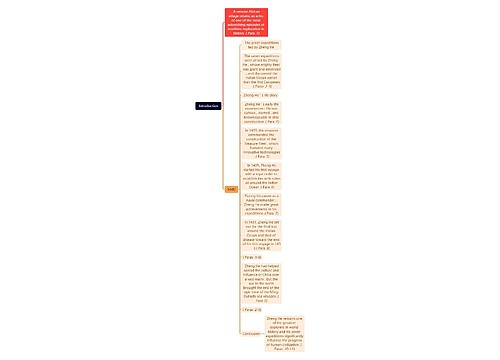

树图思维导图提供 Introduction 在线思维导图免费制作,点击“编辑”按钮,可对 Introduction 进行在线思维导图编辑,本思维导图属于思维导图模板主题,文件编号是:7037e0e4ebe7f1fbbecbd14a19dde7c7
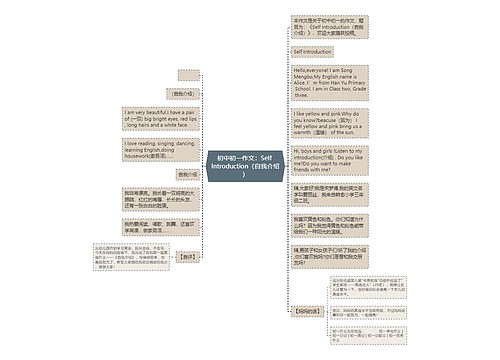

树图思维导图提供 初中初一作文:Self Introduction(自我介绍) 在线思维导图免费制作,点击“编辑”按钮,可对 初中初一作文:Self Introduction(自我介绍) 进行在线思维导图编辑,本思维导图属于思维导图模板主题,文件编号是:4d6609453c12761e0c45d0c98a834078


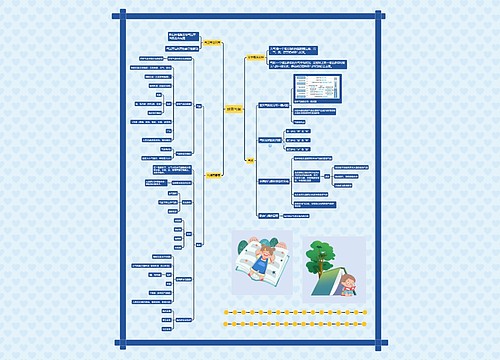
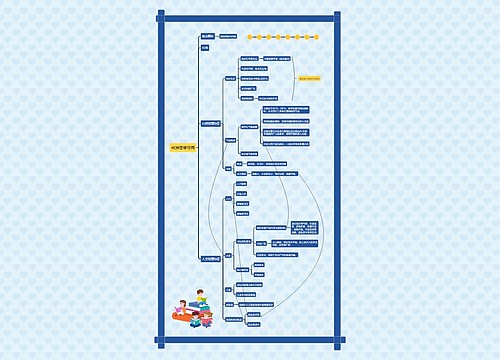
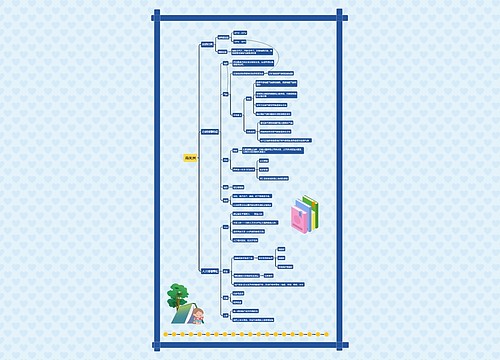
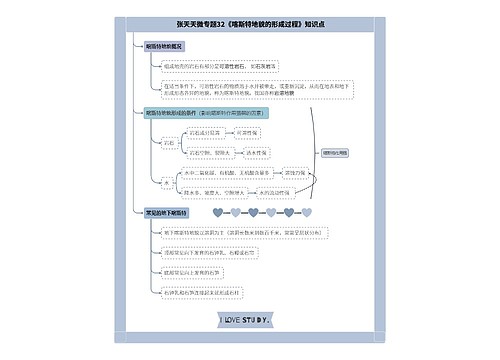
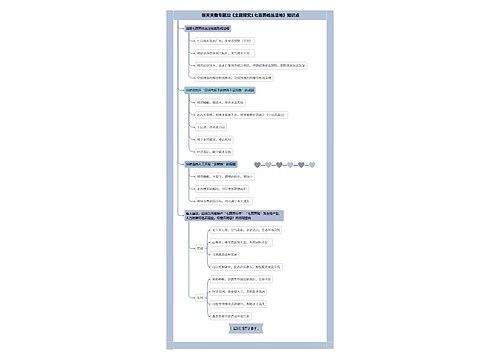
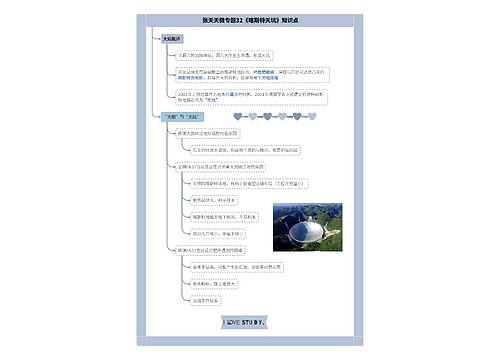
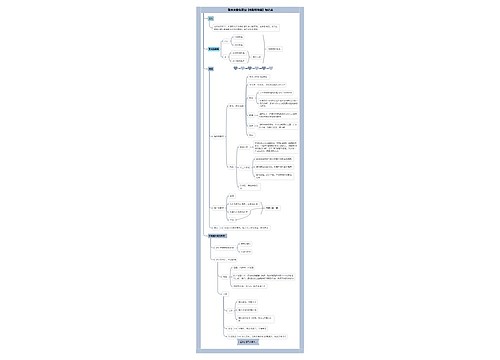
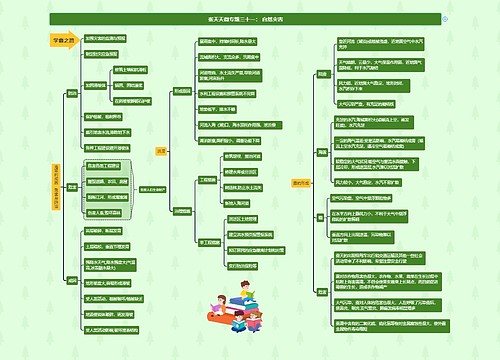
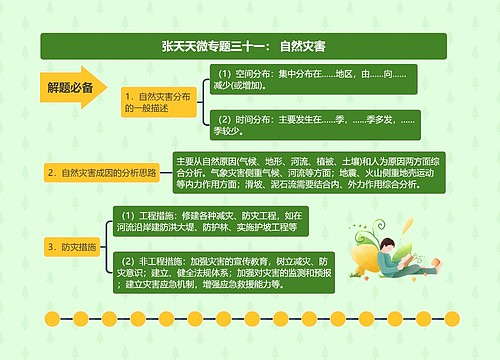
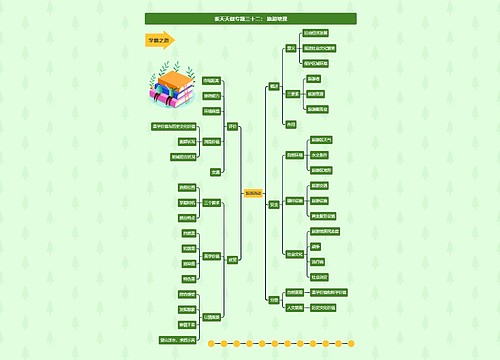
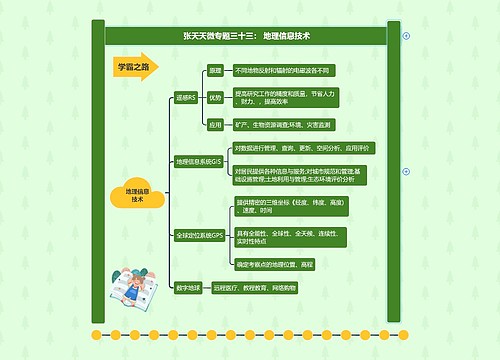
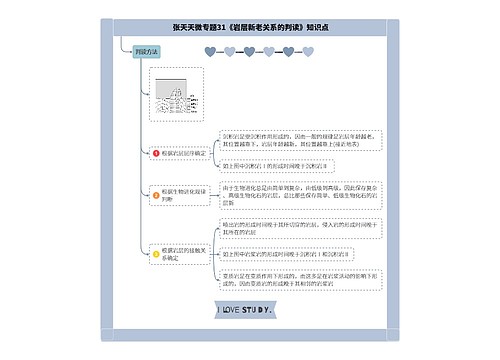
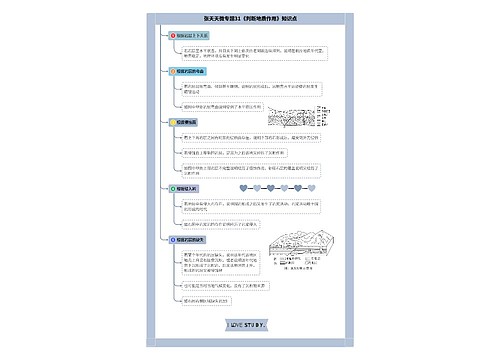


 上海工商
上海工商